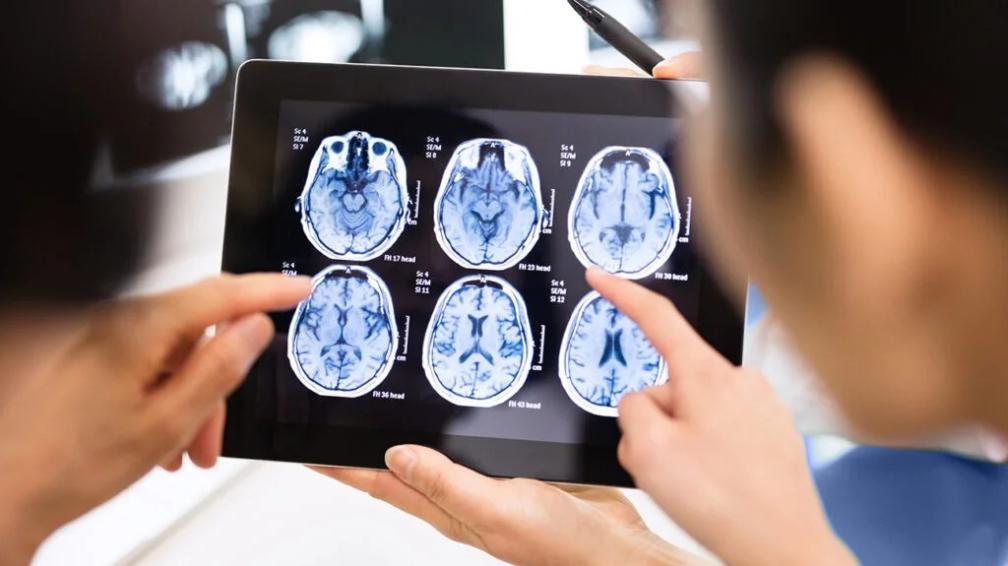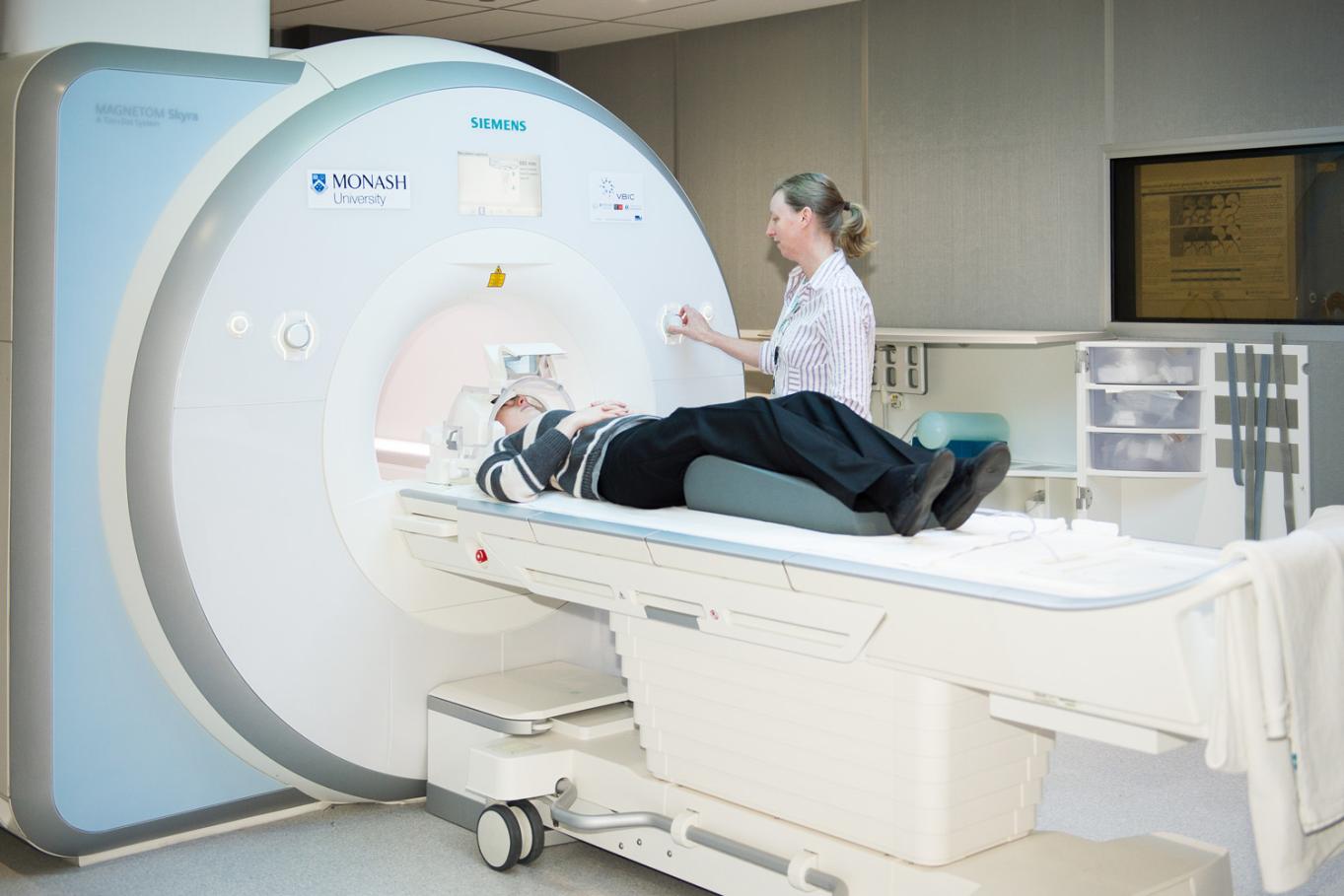How Does Brain Imaging Help Us Understand the Brain?
The human brain is one of the most complex organs in the universe, and scientists are still working to fully understand its intricate structure, function, and connectivity. Brain imaging techniques have revolutionized our ability to study the brain, providing valuable insights into its inner workings and helping us diagnose and treat a wide range of neurological disorders.

Brain Imaging Techniques
Brain imaging encompasses a variety of techniques that allow us to visualize the brain's structure and activity. These techniques can be broadly categorized into two main groups: structural imaging techniques and functional imaging techniques.
Structural Imaging Techniques:
- Magnetic Resonance Imaging (MRI): MRI uses strong magnetic fields and radio waves to create detailed images of the brain's anatomy. Different types of MRI scans, such as T1-weighted, T2-weighted, and diffusion tensor imaging (DTI), provide information about different aspects of brain structure.
- Computed Tomography (CT): CT scans use X-rays and computer processing to generate cross-sectional images of the brain. CT scans are commonly used to detect brain injuries, tumors, and other abnormalities.
Functional Imaging Techniques:
- Functional Magnetic Resonance Imaging (fMRI): fMRI measures changes in blood flow in the brain, which is indirectly related to neural activity. By detecting these changes, fMRI allows researchers to study brain activity during various cognitive tasks and understand the neural basis of behavior.
- Positron Emission Tomography (PET): PET scans involve injecting radioactive tracers into the bloodstream, which are then absorbed by active brain regions. PET scans provide information about brain metabolism and neurotransmitter activity, helping diagnose and study neurological disorders.
Applications Of Brain Imaging In Understanding The Brain
Brain imaging techniques have a wide range of applications in understanding the brain, including:
Studying Brain Structure and Connectivity:
- Brain imaging helps visualize brain structures, including lobes, regions, and neural pathways, providing insights into the brain's organization.
- It allows researchers to study the connections between different brain regions and how they communicate with each other, shedding light on the neural networks underlying various cognitive functions.
Investigating Brain Function and Behavior:
- Brain imaging techniques allow researchers to study brain activity during various cognitive tasks, such as problem-solving, decision-making, and memory retrieval.
- By examining the patterns of brain activity associated with different tasks, scientists can gain insights into the neural basis of behavior, including emotions, motivation, and social interactions.
Diagnosing and Treating Brain Disorders:
- Brain imaging plays a crucial role in diagnosing various neurological and psychiatric disorders, such as stroke, epilepsy, and schizophrenia.
- It helps identify brain abnormalities, assess the extent of damage, and guide treatment decisions. Brain imaging is also used to monitor the effectiveness of therapies and track disease progression.
Brain imaging techniques have revolutionized our understanding of the brain, providing unprecedented insights into its structure, function, and connectivity. These techniques have enabled researchers to study brain activity during various cognitive tasks, investigate the neural basis of behavior, and diagnose and treat a wide range of neurological disorders. As brain imaging technology continues to advance, we can expect even more breakthroughs in our understanding of the brain and its role in human cognition and behavior.

YesNo

Leave a Reply